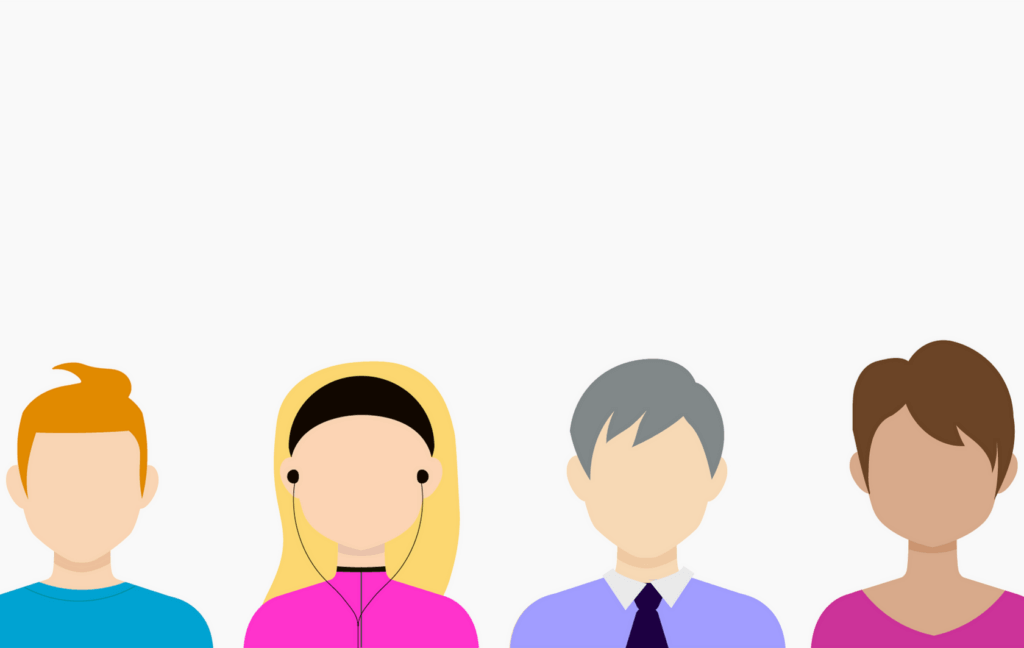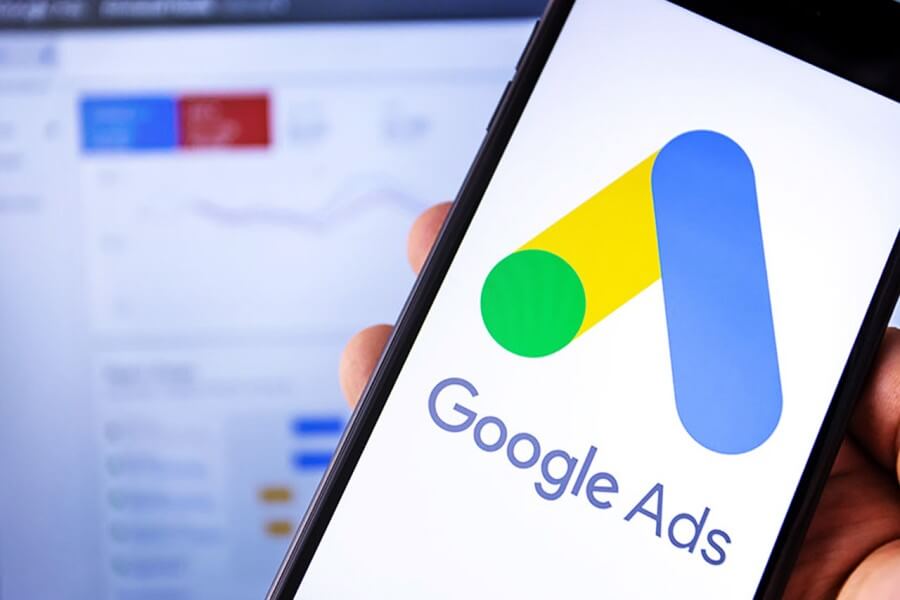
WARNING: I will not be held responsible for any loss of sleep or trauma that may result from reading this article. You are willingly engaging in this content and accept any repercussions that are suffered from it. Reader discretion is advised.
Awesome. Now we’ve got that out of the way. So you might be wondering… why the disclaimer? Well, you’re about to be subject to some unheard of info that will possibly shock you or scare you off the grid.
Of course, this is the internet, so this won’t be the first article about combining Facebook ads with inbound marketing. The difference will be that we’re not just going to spew out the benefits of using it and then tell you “hey, let us do this for you.”
Nope. We’re going to show you how to do it yourself. And if it’s too overwhelming for you, then sure, we’ll do it for ya.
What You Need to Know
In order to marry these two juggernauts of modern marketing, you first need to understand the basics.
1. What is inbound marketing? (If you already know this, go ahead and skip down to #2)
Inbound marketing is the process of providing valuable and personalized content to users at the right time.
If you create content that is actually valuable to the user, then not only will it bring them back for more, but they will be more likely to use your product or service because of the value you’ve provided. It’s working the rule of reciprocity.
Have you heard of a sales funnel? Of course you have. The inbound marketing version of the sales funnel is called the “Buyer’s Journey.”
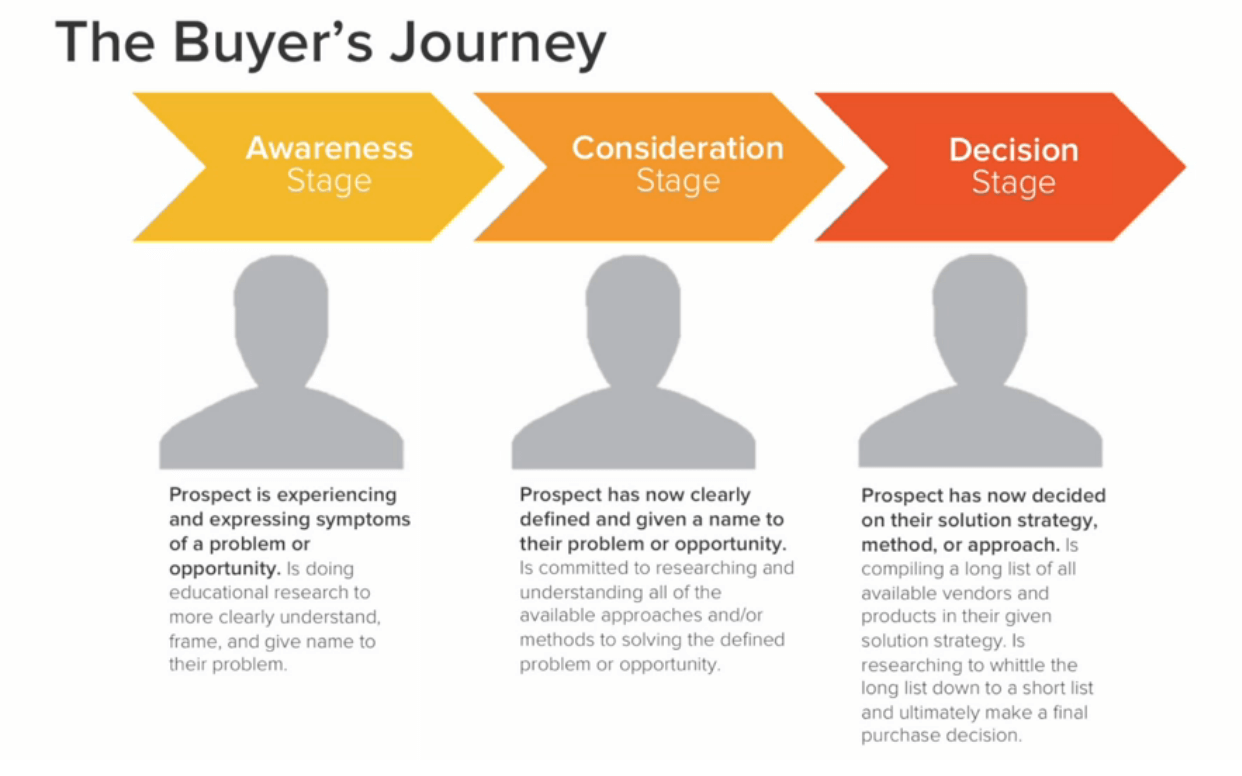
It consists of the different phases that your user can be in. The objective is to create content that caters to each one of these phases in the Buyer’s Journey, and moves them along the funnel or “journey” naturally.
In a nutshell, you create such helpful resources for your users (AKA your leads) that you gain their trust, which is a very valuable thing to have when closing the sale.
Think of it as the antagonist to traditional advertising tactics, which entails paying for ad space to get in front of the user, wherever they might be (PPC, television ads, etc.).
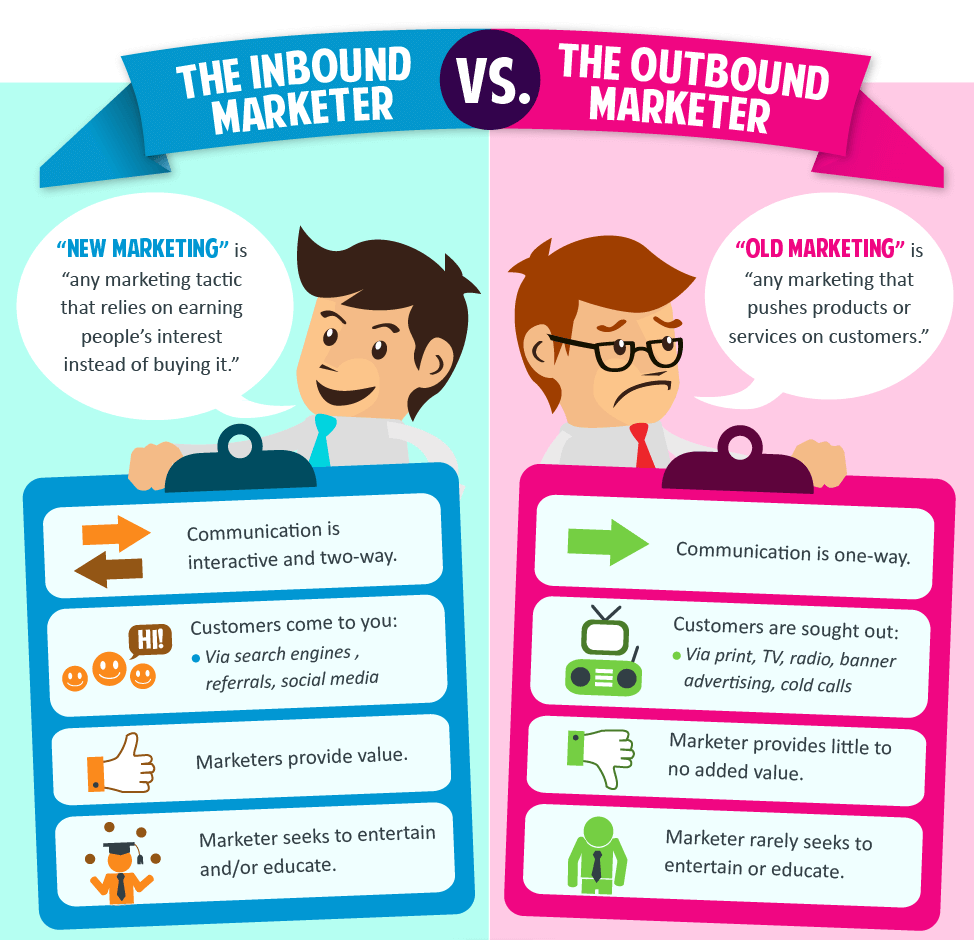
Image via Marketing Governance
Tons of advocates for inbound marketing tend to patronize outbound strategies, as clearly seen in the graphic above. But don’t be too quick to judge. Instead of completely shutting down the outbound marketer, why not work with them?
2. What can the Facebook advertising platform do?
Read any article ever written about Facebook and you’ll understand that practically everyone you know is on it. So let’s skip that song and dance.
What you might not know is that Facebook is by far the most valuable ad platform around. Not only is the cost well-below that of Google’s PPC platform, but the targeting capabilities are more impressive than Batman (Sorry, Bats).
So specific, that this student was able to target his own roommate with a Facebook ad as a prank.
This is the part that might scare you off the grid: Facebook knows when you’re sleeping. It knows when you’re awake. It knows every website you go on so tread lightly for goodness sake.
Really though—Facebook tracks your on-page and off-page behavior on any device that you log into Facebook with. Why? To sell that information to people like me. On the cheap, too!
This high-level overview helps you understand the very basic targeting tactics Facebook provides:
- Location
- Demographics
- Interests
- Behaviors
- Connections
It’s important to understand these basic features because they are vital to the first steps of your Facebook and inbound marketing strategy.
The fun part comes in with the re-marketing.
Facebook has a Pixel that you can add to your website. It can track all your pages in that URL.
![]()
So if anyone (who has a Facebook account) visits your website, you can target them with an advertisement on Facebook the next time they log in.
Shoot, you can even choose to target (or exclude) people who have only viewed specific pages.
For example, if someone visits your “Thank You for Purchasing” page, then you don’t need to continue to show them your ad anymore. You can choose to “Exclude” anyone who has visited your thank-you page.
Or if someone visits a specific product page and doesn’t convert, you can choose to send those people customized ads with that product or similar ones.
The fun part comes in when you can use combinations of URLs to serve users the most relevant ad possible, which wildly improves your odds of getting clicked.
Introducing FaceBound Marketing
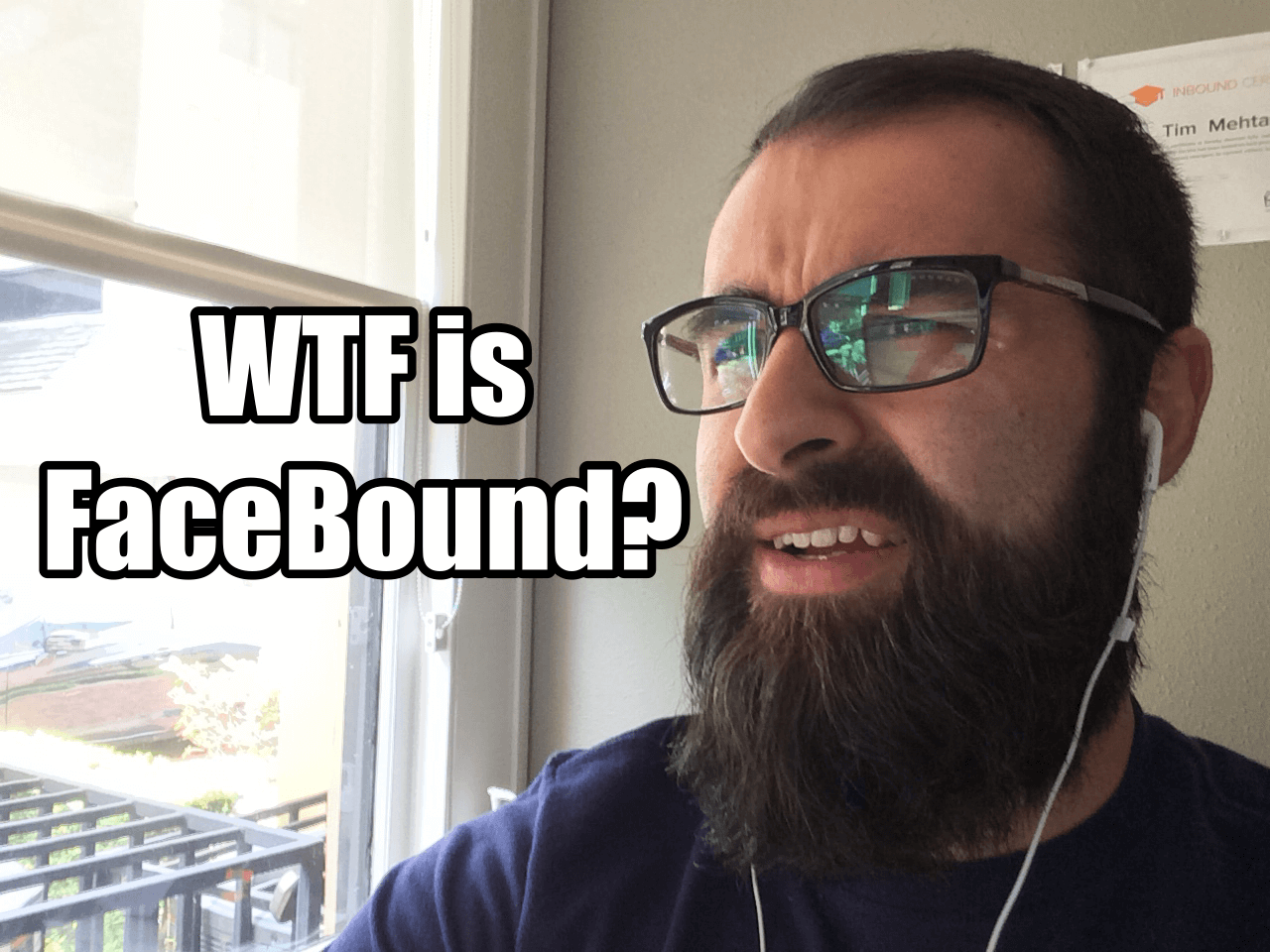
So now that you’ve got the basics down, it’s time to get to the fun part. How can you bring these two strategies together?
First of all, you can’t live in a world of black and white. Just because you’re using an inbound strategy does not mean that you have to take arms against all the outbound techniques. In fact, sometimes you have to embrace them.
FaceBound Marketing brings together the use of inbound strategies (serving unique and valuable content to the user, wherever they are in the “buyer’s journey”) and outbound marketing (serving ads in front of people, AKA “interruption marketing”).
Let’s look at an example: say that you run a dermatology office named “Your Face Skincare” in Winter Park, Florida. You offer medical services, cosmetic services and you sell your own product line. You’re the skincare-wizard of Central Florida.
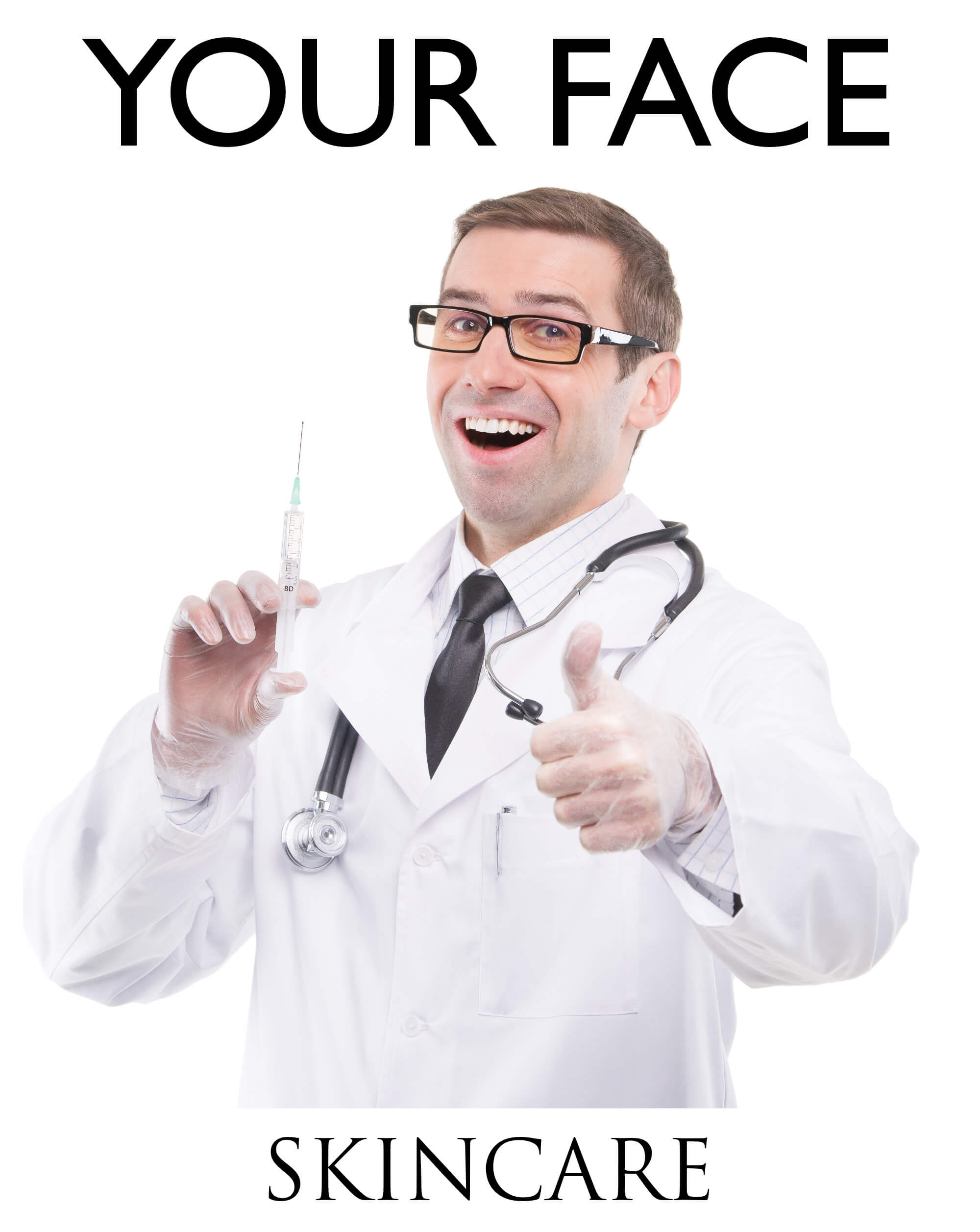
But some competition opened up just a few blocks down the street and they are killing it. Your revenue is falling and the amount of new patients coming in has dropped dramatically.
Let’s equip Your Face Skincare with a FaceBound marketing strategy and see what happens.
STEP ONE
The first thing we want to do is add the Facebook pixel to your site and then create content tailored to each part of the Buyer’s Journey.
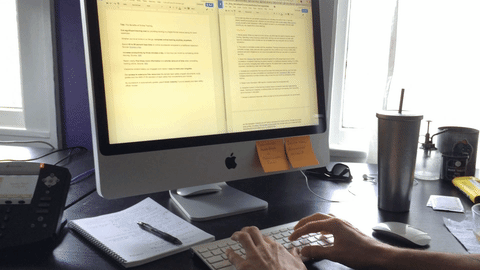
For your Awareness Stage, you want to help your users become more aware of their problem. You can write things like “What The Sun Really Does To Your Skin,” “10 Ways To Identify a Mole” or “Why You Shouldn’t Trust People With Wrinkles” (if you feel like getting crazy).
For the Consideration Stage, you want to help your users identify all the possible solutions to their problem. Here, you can write things like “20 Ways To Naturally Remove Wrinkles,” “How To Protect Your Skin From The Sun” or “What To Do If You Find a Mole.”
In the Decision Stage, your prospect knows the solution they want, now they just want to know which business to use. This is where you can provide testimonials, UVPs and all sorts of valuable things directly related to your business. This content is your closer, getting the prospect to book an appointment.
That’s a big chunk of the inbound part of FaceBound. You’ve published this content on your site and now it’s time to drive people there. Not just any people. Ones that will gain the most value from reading your content or using your services. (https://www.cbnasia.org)
STEP TWO
Now it’s time to drive traffic to your content. But this isn’t going to be the most relevant traffic…yet. This is where you can learn more about your audience and discover what topics get them clicking.
The plan is to put up several ads at once, targeting the same audience. Each ad will represent a different topic in your content.
As far as the targeting goes, you want to target people with the interests, behaviors or demographics of your ideal customer.
So Your Face Skincare will want to target people who are interested in skincare and skincare related brands. You can also target people in locations that are exposed to a lot of sun and might be more prone to having skin issues.
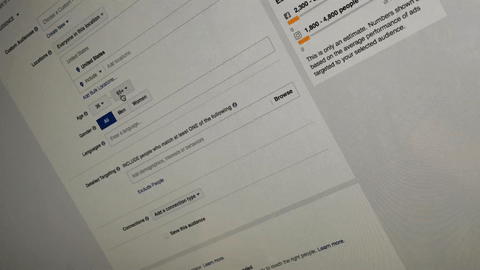
We don’t want to be too specific with our targeting… yet.
This step is pretty much “casting the net” and it serves several purposes.
The first purpose is to understand which topic is truly resonating with the audience you are targeting. The larger the audience we target, the better sample size you can use to understand what topics are really effective.
The second purpose is to drive unique visitors to your site. If they clicked on the ad, then that means they’re expressing interest in your topic and are more likely to be a qualified lead.
Since they’ve visited the page, we now have these unique visitors logged into our Facebook Pixel. We can now re-target them with new content that will push them further down the funnel or “Buyer’s Journey” and help us understand which topics in the upcoming stages are resonating with them the best.
You want to test this and gather this information for about a month or so.
STEP THREE
So now you have a list of the most impactful topics in your campaign. Time to narrow that audience down just to the areas that make sense for your business. Your Face Skincare is located in Winter Park, Florida. So you should target anyone in driving distance, let’s say within 50 miles.
You want to setup a couple different audiences here. The first will be interests and behaviors. Initially, this is going to be the largest chunk of your audience.
The next audience will be people who have visited your website (using that Facebook pixel).
The next is what is called a “lookalike” audience. Facebook takes an audience you’ve already made and creates a new one for you with brand new people that have the same interests, behaviors and demographics.
These “lookalike” audiences are super valuable. You can take the email list of your customers and create a “lookalike” audience for them. You can do the same with your website visitors as well.
Try to target each of these audiences within that location and see which one is bringing in the most traffic or business. Once you’ve discovered that, allocate more of your budget into the audience that’s working.
STEP FOUR
Try something new. If you find an ad is doing really well, try to test variations of it to see what part of it was making so effective. If something is doing poorly, do the same thing to find out what was making it so ineffective.
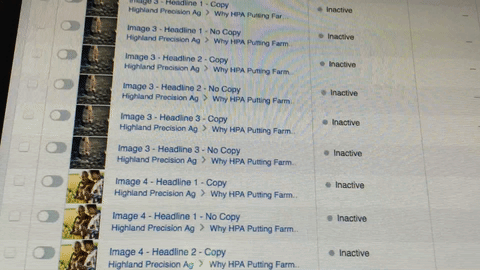
Same goes for your content. Try different headlines, angles or subjects. You can also use a CRM like HubSpot that will track which content is performing the best with click-throughs or conversions.
The idea here is to continuously learn about your audience and how they interact with your brand.
Conclusion
There is no final step in FaceBound marketing. You are continuously learning, testing and optimizing.
While we did walk you through these four steps, there are tons of other small tasks in between and within them that require more work.
If you’re a fellow marketer, this post might have inspired some great new ideas for you to bring to your agency director.
If you work for a non-agency business, then this post has opened your eyes to some progressive marketing techniques you weren’t aware of. Or you might be cancelling your Facebook account and going off the grid for awhile.
If that happens, don’t blame us. But next time you see a Facebook ad, just know… they’re watching you.




